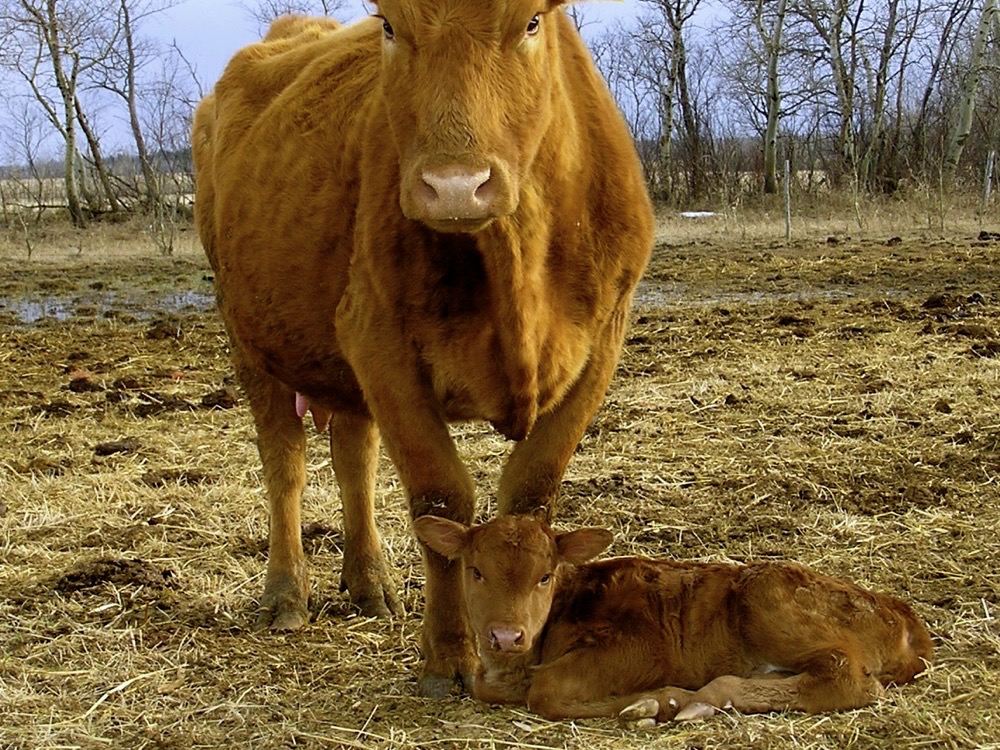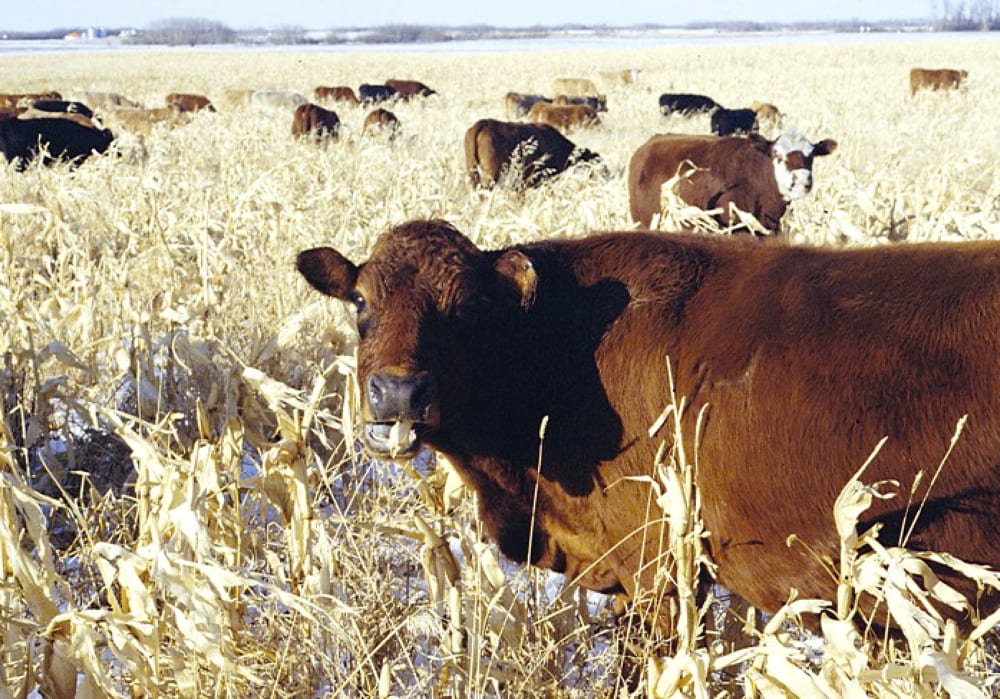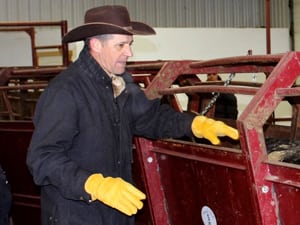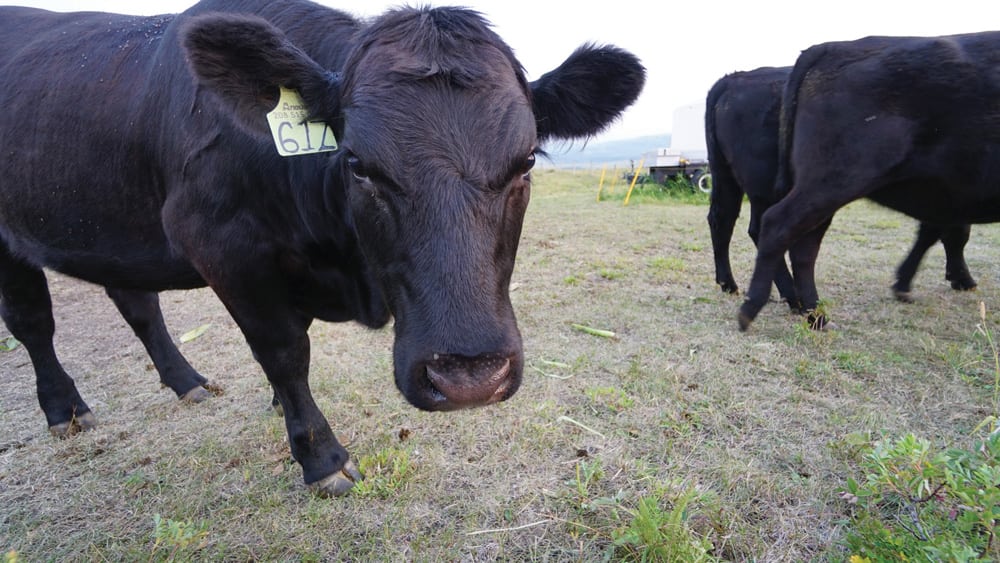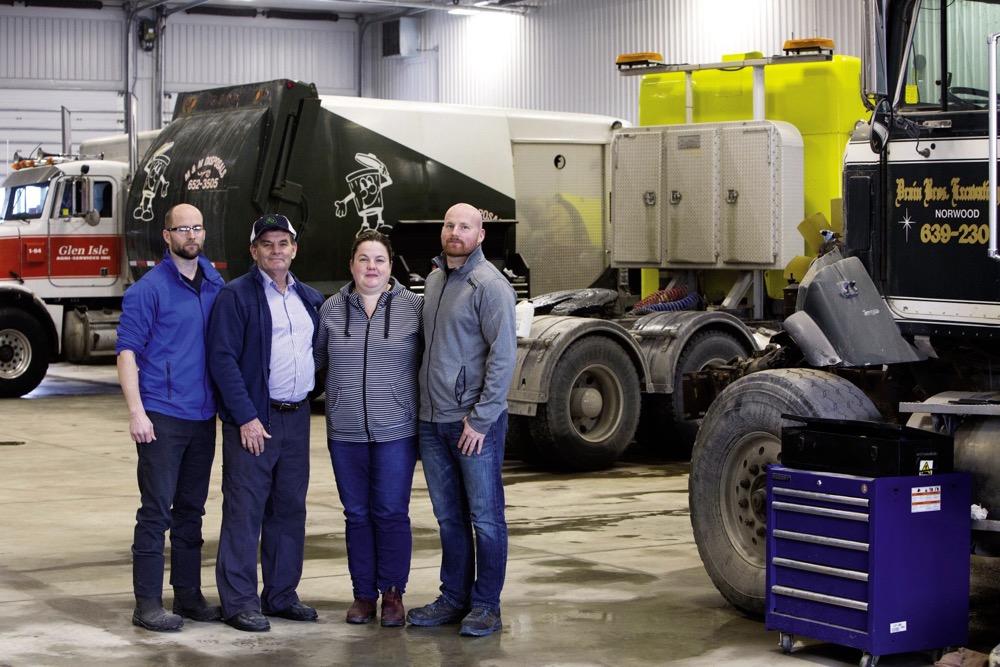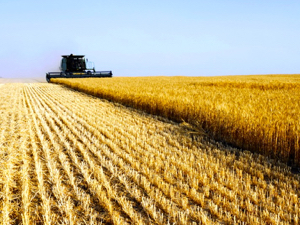Knowing how weaning was handled is useful information

There are many factors to consider to minimize BRD (bovine respiratory disease) when bringing in feeder calves.
Knowing the history of the calves at weaning time, distance transported, vaccination and health history, as well as upcoming weather conditions will help you determine the level of risk.
In bringing in calves, or for that matter feeding your own calves, there have been many factors which increase risk and we need to manage or handle these as best as we can. Try and ask yourself ahead of time: What is the risk level of this group of calves to develop respiratory disease and are there any management changes I need to do to mitigate or minimize this risk?
High-risk calves for developing BRD are generally considered those presenting with one or more of these points.
1. Auctions

They have been commingled because they were sourced from an auction market or mixed at home. Once a group has settled, avoid adding in more calves. The quicker a pen is filled with animals sourced from a minimal number of original owners the better.
2. Transport

Extended transport times where calves become stressed and dehydrated. Loading and unloading are where more stresses come in, but if there are huge distances during transport – such as bringing in cattle from one or more provinces away – in my opinion tips these calves to ultra-high risk. The more locally we can derive our cattle the better. That’s not always possible since where calves are raised and fed can be two totally different areas of the country. Think about using electrolyte solutions such as ”destress” before transporting long distances.
3. Weather

Bad weather or wide temperature swings can create severe stress. Watching the weather channel may help but you need to buy when you can. The farther the distance travelled the more likely these temperature fluctuations are going to happen.
4. Stress
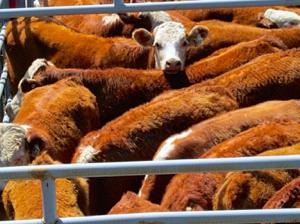
On-arrival procedures such as castration, dehorning and branding all have their stressors. The cattle industry is always under scrutiny from an animal welfare perspective for these procedures. In most cases castration is done way ahead of weaning. Polled bulls are eliminating horns or the calves are dehorned early. Dehorning in the feedlot these days generally involves tipping the few horns that are left. If financial institutions and feeder associations or grazing reserves did not require branding there would be little of that done anymore. If you need to brand minimize size and number of characters as much as possible. Better analgesics (pain killers) and anti-inflammatory drugs are being commonly administered that will help minimize stress in these painful situations.
5. Weaning/Vaccinations
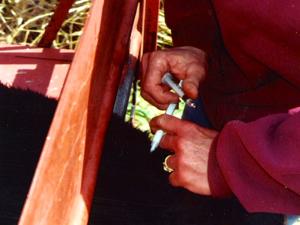
Calves recently weaned with no or a poor (unknown) vaccination history. The old preconditioned programs where calves have already been weaned a month is ideal. The greater pressure we have from respiratory pathogens, the more important the protection measures. This includes the viral as well as the bacterial components of the BRD complex. Don’t forget the clostridials and histophilus in your vaccination protocols.
6. Health

Lightweight calves or nutritionally compromised or parasitized (internal parasites that suppress the immune system) may also carry an additional level or risk with them. To me, calves under 400 pounds would be considered ultra-high risk. The 400- to 500-pound weight calves are high risk, and with 600-pound or heavier calves the risk levels depend on the other categories mentioned earlier. Veterinarians will vary in their opinions here.
Determining risk levels

If calves fall into any one of these six categories they are considered high risk. Low risk is essentially your own preimmunized calves, weaned at home in a situation where they know where their feed and water is. Weaning older, heavier calves and weaning in good weather with either a fence line or some other type of soft weaning is considered low risk. It is ideal to remove the cows from the calves that have access to a ration they are familiar with.
Even in these situations pulls for respiratory disease can climb and you reach a point where treating them with antibiotics may become necessary to thwart an outbreak. With high-risk calves, the question is what to do with them when they are received at the feedyard. Your herd veterinarian will have a protocol for what they believe best.



